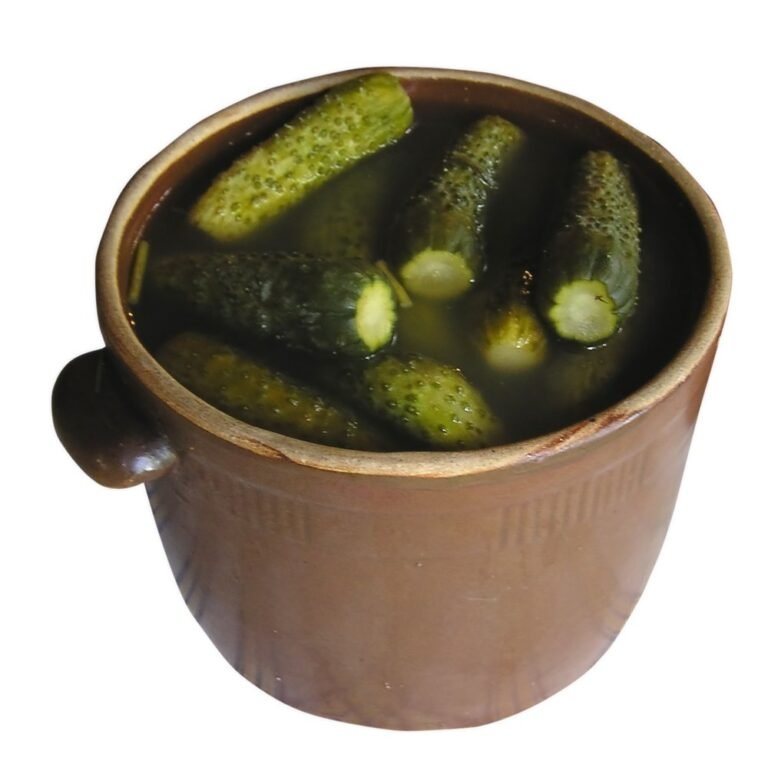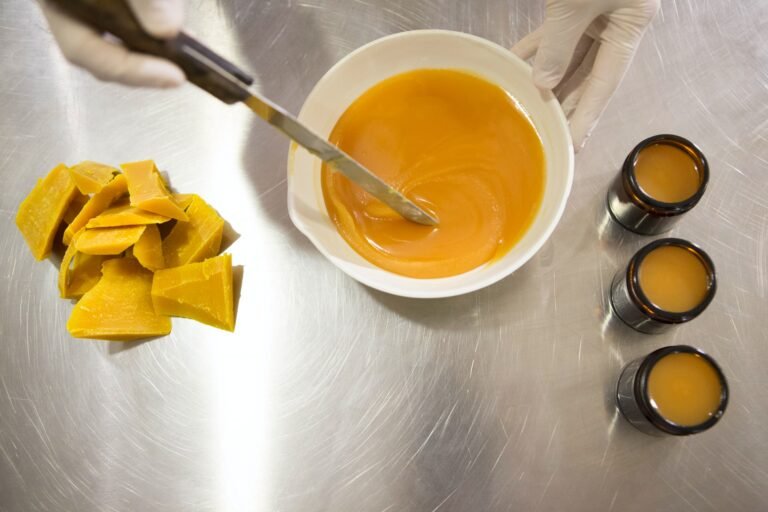Can I Use Clay as a Mould for Resin? Read This First!
Resin is a unique, and versatile material used mainly in arts and crafts, jewelry-making, and as an adhesive. Resin art has been around for ages; people centuries ago used amber – a fossilized, transparent resin produced by trees – to make jewelry.
But later in the 1950s, Epoxy Resin was introduced to the arts. But can you combine it with your craft and can you use clay as a mould for resin?
Clay is not the best mould for resin, especially if you want to reuse it because it is not as flexible and it might break. While raw polymer clay is malleable enough for casting, it does not give the resin the smoothest finish.
Epoxy resin is one of the most popular kinds because it is the easiest to use and is suitable for making objects using moulds.
[amazon box=”B086L1CDMT”]
People enjoy it for its versatility as it can adapt to any shape and work with different mediums. Today, resin art has taken the social media world by storm, and small businesses are thriving off of it!
Although to start making items out of resin, you need more than just resin.
A few basic supplies are disposable cups, a hardener, a stirrer, and a mould.
There are different types of moulds you can use; silicone moulds are usually the go-to for resin art.
But can you use clay as a mould for resin?
Silicone mould putty is usually the best option for resin, but there are other methods that most people swear by.
Keep reading to find out how different types of clay interact with resin and the best possible solution for you.
Does Resin Stick to Clay?
People usually use resin to seal clay, strengthen it and provide a glossy finish. But this is different from pouring the material into a clay mould.
If you are casting then you most likely want to use Epoxy Resin. This type of resin is often used for crafts because it has low toxicity, and it is effective for jewelry and ornaments, but there is a risk it will stick to a hardened clay mould.
If you want to use a clay mould that your resin will not stick to, the best possible option would be moulding putty or raw polymer clay that uncured.
The only issue is that raw polymer clay can leave a matte finish, and the resin will fill any indentations left in the clay. So you might need to sand with sandpaper and polish the resin item when it comes out.
Do I Need to Use a Resin Mould Release?
All resins require a mould release, a material that will keep it from sticking to the mould. Some good alternatives to traditional release agents are cooking spray, vegetable oil, and talcum powder. But most people note that you do not need a release with uncured clay.
Can You Use Air-Dry Clay as a Mould for Resin?
The main issue you will face using air-dry clay as a mould for the resin is the removal.
Air-dried clay is stiff, and removing the resin object will distort and break the mould. Moreover, air dry clay is water-based, which means it will shrink around the resin and crack easily.
[amazon box=”B089T7PX27″]
Does Air-Dry Clay Break Easily?
Air-dry clay is fragile, and that is why artists scarcely use it in moulds. Since it cracks fairly easily, people use it as a one-time-only mould, but it does not give a neat, smooth finish. If the mould cracks, the resin will most likely seep through.
So to make a 3-D mould, silicone, latex, and polymer moulds are a better option. They make it easier to peel the mould away from the resin item.
How Can I Make Resin Shiny
Even silicone such as baking moulds can leave a matte finish on your resin. So a hack to create a shiny finish, regardless of what type of mould you use, is to brush it with more resin. This will help get rid of the matte look that the clay moulds leave as well.
Using a foam brush, lightly coat the cured resin, and allow it to dry leaving a glossy finish. Make sure to use only a light coat, you do not want it to drip.
Can You Use Play Dough as a Mould for Resin?
Play Dough is not the best mould for resin because it may dry out and stick to the resin. In the case of plasticine, you would want to use a resin that sets at low temperatures to avoid melting the mould.
Although, playdough might be better for impression moulds and making shallow ornaments like leaves.
Does Epoxy Stick to Modelling Clay?
Modeling clay is a malleable material for moulding and sculpting. It comes in many forms and is often self-hardening such as polymer clay. Artists often use polymer clay to make moulds, usually shallow push moulds.
While polymer clay can soften paint and glue, epoxy resin is compatible with the cured material. Epoxy resin takes about 12 to 36 hours to set and requires equal parts hardener. It is the best type for beginners because it is the easiest to handle.
If you use a release agent, then the epoxy resin should not stick to the modelling clay.
How to Make Polymer Push Moulds
To make moulds with polymer clay, you first need to knead the material to soften it and warm it up.
After that, you can roll the clay into even balls and apply either water, cornstarch, or oil to prevent it from sticking to the object you want to cast. Push the item to create an imprint of it into the clay and then carefully remove it to leave an impression.
Lastly, place the mould on a tray and bake it in the oven until it hardens. Different brands of polymer clay will bake at different times and temperatures.
While this may work for shallow resin art, it still risks breaking the mould. However, using a two-part clay mould may work with resin casting.
Can I Make Two-Part Polymer Clay Moulds?
In practice, a two-part polymer clay mould will work better for a 3D object, unlike the push moulds.
You can use the same process above to prep your clay, then press your item halfway into the piece of clay. Apply another piece at the top to completely encase your object inside the clay.
Shape the clay evenly over the object making sure all parts are covered and mark the clay to help align the mould later. If the item is not heat resistant, gently separate the halves of clay and bake them separately. If not, you can bake it as is and separate the halves when they have cooled down.
This method is suitable for clay casting however, you can tightly seal the halves temporarily using rubber bands, pour the resin into the mould and let it set. Releasing the resin item from the mould would be easy, but this would work only with small objects that don’t pressure the moulds.
Alternatively, you can use clay to make a silicone mould, but it has to be non-sulfur-based. Using clay with sulfur will affect how the silicone cures and can result in a sticky silicone.
The best material for making resin moulds is not clay, be it air-dry, playdough, or modeling clay. If you need to make resin art or jewelry, it is often best to go with traditional resin moulds that give you a glossy finish.
Be careful to avoid using glass moulds, because it would be near impossible to get the resin out of them.
The most common moulds are natural latex or silicone because of their flexibility. But if you want to try using a clay mould for resin, it is best to go with polymer clay. It also depends on the size and intricacy of the object you are trying to cast.







